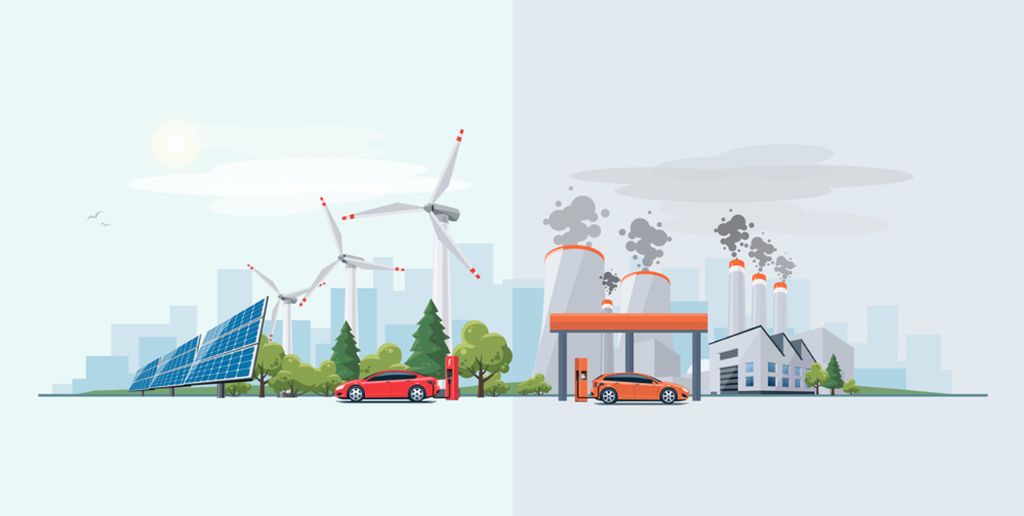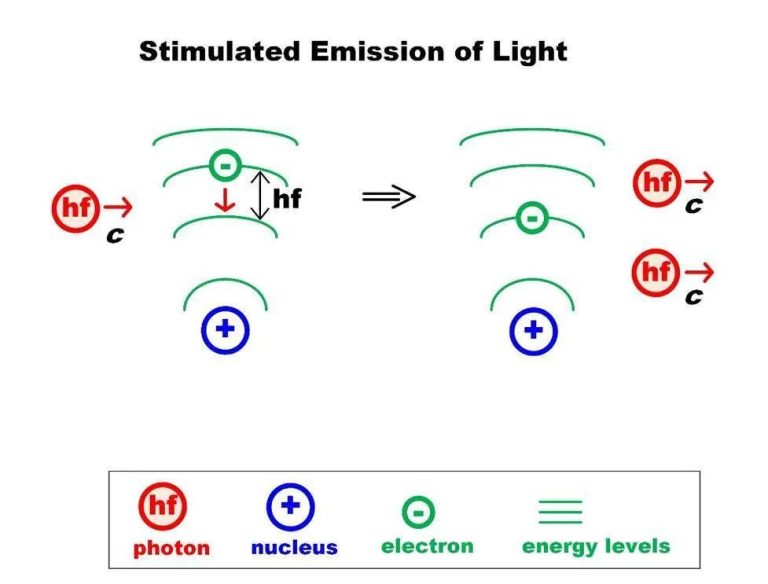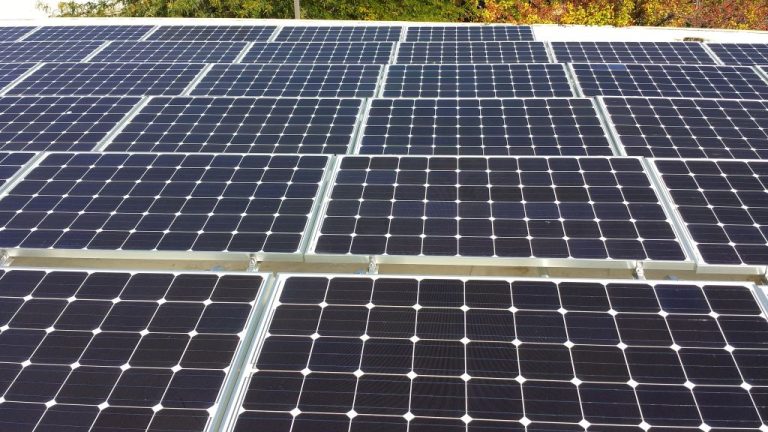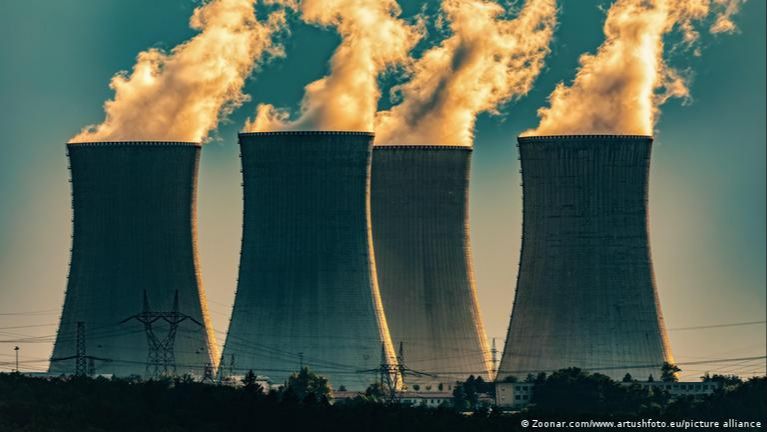Which Is Better Renewable Energy Or Fossil Fuels?

The debate between renewable energy and fossil fuels is an important one as the world faces rising energy demands while also needing to address issues like climate change. Renewable energy is generally better for the environment than fossil fuels, but fossil fuels currently meet more of our energy needs. This article examines the pros and cons of both. The choice between renewable energy and fossil fuels involves understanding the costs, benefits, current usage and future outlook for each.
Types of Renewable Energy
There are several main types of renewable energy sources that are commonly used today:
- Solar – This includes solar photovoltaic panels that convert sunlight into electricity, as well as solar hot water systems that harness heat from the sun.
- Wind – Wind turbines convert the kinetic energy of wind into mechanical power or electricity. Wind farms consist of many turbines and generate power on a utility scale.
- Hydroelectric – Hydropower systems use flowing water to spin turbines connected to generators. This includes both large dam projects and small run-of-river systems.
- Geothermal – Geothermal energy harnesses heat from under the earth’s surface for heating or to generate electricity.
- Biomass – Biomass refers to organic matter like wood, agricultural waste, or methane from landfills that is burned or converted to generate power.
These renewable resources can generate electricity, produce heat, or fuel transportation with much lower greenhouse gas emissions compared to fossil fuels. Each has advantages and limitations based on factors like location, costs, and environmental impacts.
Pros of Renewable Energy
One of the biggest advantages of renewable energy sources is that they are abundant and replenishable. Sources like solar, wind, and hydro power are constantly being renewed and will not run out like fossil fuels (UCSUSA, 2023). This creates energy sustainability for the long-term.
Renewable energy also helps reduce greenhouse gas emissions that contribute to global warming and climate change. Because they produce no emissions, increasing renewable energy would allow us to significantly lower global CO2 emissions (EPA, 2023). This can improve public health by reducing air pollution.
In addition, investment in renewable energy creates jobs and spurs economic growth. Building wind farms, solar arrays, etc requires materials and labor which is a boost to the economy. Jobs are also created to maintain these facilities and operate the energy grids. The UCSUSA estimates that renewable energy employs around 9.5 million people currently.
Finally, increasing domestic renewable energy production also increases our energy independence. Rather than relying on imported fossil fuels, using locally generated renewable energy makes us less susceptible to market shocks and instability in other parts of the world.
Cons of Renewable Energy
While renewable energy has many benefits, there are some drawbacks as well. Some key cons of renewable energy include:
Higher upfront costs: The initial investment required for renewable energy systems can be quite high compared to fossil fuel systems. For example, installing solar panels or wind turbines requires significant upfront funding.[1]
Intermittency requires storage: Many renewable sources like solar and wind are intermittent, meaning they are not available on demand or at all times. This requires energy storage systems like batteries to store and smooth out energy delivery, adding to costs.[2]
Large land footprint: Renewable systems often require large amounts of land area for solar fields or wind farms. This can disturb natural habitats and landscapes if not properly managed.[3]
Types of Fossil Fuels
The three major types of fossil fuels are oil, coal, and natural gas. Oil, also known as petroleum, is a liquid fuel found underground in areas where ancient seas existed millions of years ago. The organisms that lived in those seas were buried under layers of sediment and eventually broke down into crude oil (National Geographic).
Coal is a solid, black, burnable rock made up of decomposed plants that lived 300-400 million years ago. Over time, material like mud and peat were buried and compressed, creating different types of coal like anthracite, bituminous, subbituminous, and lignite (National Geographic).
Natural gas is a hydrocarbon gas mixture composed primarily of methane. It was formed from the remains of ancient plankton and plants that settled on sea floors and were buried under mud and silt. As heat and pressure increased, the organic material converted into natural gas (National Geographic).
Pros of Fossil Fuels
Fossil fuels have several key advantages that have made them the dominant energy source for decades. Some of the main pros of fossil fuels include:
Mature infrastructure: Fossil fuel extraction, processing, and distribution infrastructure is well established and optimized after over a century of development and use. Existing power plants, refineries, pipelines, and transmission networks provide reliable delivery of affordable energy (Energy – Student Resources: Fossil Fuels).
Reliable: Fossil fuels can provide a steady, predictable supply of electricity on demand. They are not dependent on intermittent sources like sunlight and wind. This reliability ensures homes and businesses have power when they need it (The Pros and Cons of Fossil Fuels).
Inexpensive: Fossil fuel extraction and processing technologies are mature and benefit from economies of scale. This makes fossil fuel energy relatively low cost compared to alternatives (Fossil Fuels: Their Advantages and Disadvantages).
High energy density: Fossil fuels like coal, oil, and natural gas contain huge amounts of concentrated energy per unit of volume or mass. This makes them efficient to transport and store.
Cons of Fossil Fuels
While fossil fuels have some advantages, they also have major downsides that cannot be ignored. Three key cons of using fossil fuels are their finite supply, environmental damage, and health effects.
First, fossil fuel supplies are limited and nonrenewable, meaning they will eventually run out. Coal, oil and natural gas form over millions of years, so we cannot replace them at the rate we are consuming them (NRDC). Experts estimate that at current usage rates, we have less than 100 years left of oil reserves and around 150 years of gas reserves globally.
Second, extracting and burning fossil fuels causes immense environmental harm. Fossil fuel extraction degrades land and contaminates water (NRDC). Their emissions also pollute the air, contributing to climate change, ocean acidification and biodiversity loss. Fossil fuels produce carbon dioxide, which traps heat in the atmosphere.
Third, fossil fuel pollution has major adverse health effects. Fossil fuel emissions contain particulate matter, nitrogen oxides and sulfur dioxide, which are linked to respiratory diseases, heart disease and premature death (Met Group). Coal mining also exposes workers to health hazards like black lung disease.
Current Usage
Fossil fuels currently meet the majority of energy needs globally. According to Pew Research Center, in 2019 approximately 80% of energy consumption in the U.S. came from fossil fuels like petroleum, natural gas, and coal while only 11% came from renewable sources like wind and solar power (Fossil fuels still dominate U.S. energy, but renewables are growing fast). Reuters reports similar statistics globally, with fossil fuels accounting for 82% of total energy consumption worldwide as of 2022 (Renewables growth did not dent fossil fuel dominance in 2022).
However, while fossil fuels currently meet the majority of the world’s energy needs, renewable sources are growing at a rapid pace. The University of Michigan reports that renewables provided 13.1% of U.S. energy in 2019, up from 11% in 2017 (U.S. Renewable Energy Factsheet). So while fossil fuels dominate for now, renewables are gaining ground.
Future Outlook
The future for renewable energy looks bright, with projections showing massive growth in capacity and falling costs. According to the International Energy Agency (IEA), global renewable power capacity is expected to grow by 2,400 gigawatts (GW) from 2022-2027, equal to the current total power capacity of China. Solar power alone is projected to account for over 60% of new renewable capacity added.
Driving this growth is the rapidly decreasing costs of renewables like solar and wind. As per IEA, solar costs are projected to fall 35% by 2024. Onshore wind is also expected to become much cheaper. This increasing cost competitiveness with fossil fuels will propel adoption of renewables.
However, policies and incentives will play a key role in realizing these projections. Governments worldwide will need to put in place measures to encourage renewables and accelerate their uptake. With the right policies and falling costs, renewables are poised for massive growth this decade and beyond.
Conclusion
In summary, both renewable energy and fossil fuels have their pros and cons. Renewable energy is better for the environment and more sustainable long-term, but currently more expensive and intermittent. Fossil fuels are cheaper and more reliable, but unsustainable and damaging to the climate. The transition from fossil fuels to renewables will take time and likely require utilizing all energy sources in the meantime.
Fossil fuels have provided abundant and affordable energy that has powered economic growth for over a century. However, their greenhouse gas emissions and finite supply make them unsustainable in the long run. Renewables like solar, wind and hydro offer clean and endless energy, but most renewables remain more costly than fossil fuels currently.
Rather than choosing one or the other, the best approach is likely utilizing both fossil fuels and renewable energy during the transition period. As technology improves and costs decrease, renewables will displace more and more fossil fuel generation. But this shift will take decades and require substantial investment and infrastructure changes. An “all of the above” strategy using every available energy resource will provide the reliable, affordable energy needed for economic prosperity and raise living standards globally.






